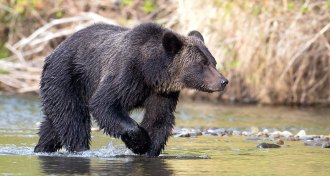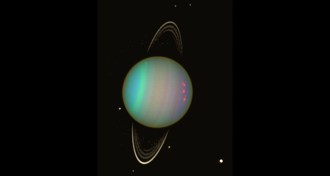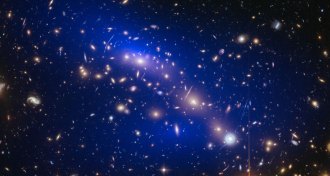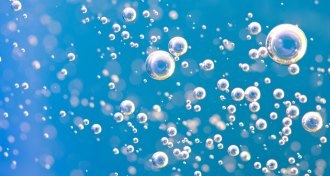All Stories
-
 Health & Medicine
Health & MedicineTraining for parents may lessen some autism symptoms in kids
Training parents may help with some autism symptoms, a new study suggests.
-
 Animals
AnimalsWith climate change, grizzly bears may hibernate less
New research shows that food availability and weather are driving when grizzly bears enter and exit their dens for hibernation.
-
 Climate
ClimateWanted: New ways to chill air conditioners, fridges
A new amendment to the Montreal Protocol will phase out potent greenhouse gases currently used in air conditioners and refrigerators, prompting a hunt for eco-friendly alternatives.
-
 Astronomy
AstronomyUranus moon count: 27 and rising
Two more moons might be lurking around Uranus, causing material in the planet’s rings to clump up, Voyager 2 data suggest.
-
 Planetary Science
Planetary ScienceTwo unseen moons may circle Uranus
Two more moons might be lurking around Uranus, causing material in the planet’s rings to clump up, Voyager 2 data suggest.
-
 Particle Physics
Particle PhysicsLatest dark matter searches leave scientists empty-handed
As the most popular candidates for dark matter fail to show up in detectors, scientists are broadening the search.
-
 Neuroscience
NeuroscienceFrequent liars show less activity in key brain structure
Brain activity changed as people lied more, a new study finds.
-
 Physics
PhysicsPhysicists find atomic nucleus with a ‘bubble’ in the middle
Silicon-34 has an unusually small number of protons in its center.
-
 Health & Medicine
Health & MedicineNose cells fix knee cartilage
A small clinical trial suggests that using nose cells to patch knee cartilage could be a viable treatment for injuries.
-
 Health & Medicine
Health & MedicineNose cells fix knee cartilage in human trial
A small clinical trial suggests that using nose cells to patch knee cartilage could be a viable treatment for injuries.
-
 Chemistry
ChemistryWater softeners get friendlier to health, environment
New technology softens water without adding sodium, which ends up in drinking water and contaminates the environment.
-
 Health & Medicine
Health & MedicineScreen time guidelines for kids give parents the controls
New recommendations for children’s media use are more nuanced than earlier guidelines, a change that reflects the shifting technology landscape.